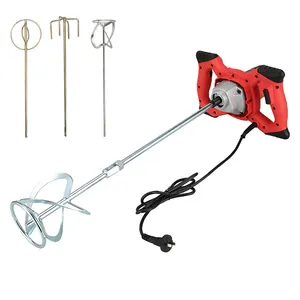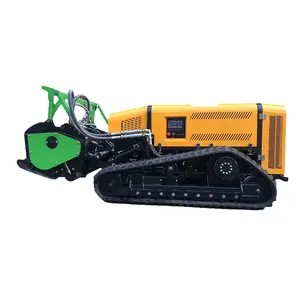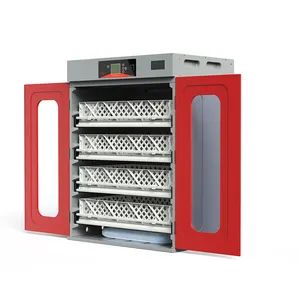Popular in your industry







































































Related Searches:
































































































































Top categories
About air washer unit
Introduction to Air Washer Unit
An air washer unit is an essential component in HVAC systems designed to improve indoor air quality by simultaneously humidifying and cleaning the air. This unit is commonly used in commercial and industrial settings to maintain a comfortable and healthy environment for occupants.
Types of Air Washer Units
There are several types of air washer units available in the market, including single-stage units, two-stage units, and rotary atomizers. Single-stage units are more basic and cost-effective, while two-stage units offer better efficiency and performance. Rotary atomizers are known for their high capacity and fine mist production.
Technical Specifications and Working Principle
The air washer unit typically consists of a water reservoir, a pump, a filter, and a series of nozzles. The unit operates by drawing air through a wetted medium, such as water-soaked pads or filters, where impurities are trapped, and the air is humidified before being circulated back into the space.
Advantages of Air Washer Units in HVAC
One of the key advantages of incorporating an air washer unit in HVAC systems is the ability to effectively remove dust, pollen, and other particles from the air, leading to improved air quality and a healthier indoor environment. Additionally, these units help maintain optimal humidity levels, which can enhance comfort and productivity.
Choosing the Right Air Washer Unit
When selecting an air washer unit for a specific application, it is crucial to consider factors such as the size of the space, the desired level of air purification, and energy efficiency. It is recommended to consult with HVAC professionals to determine the most suitable unit based on individual requirements.
In conclusion, air washer units play a vital role in ensuring clean and well-conditioned air in commercial and industrial buildings. By understanding the different types, technical specifications, working principles, advantages, and selection criteria of these units, businesses can make informed decisions to enhance indoor air quality and occupant comfort.




























































